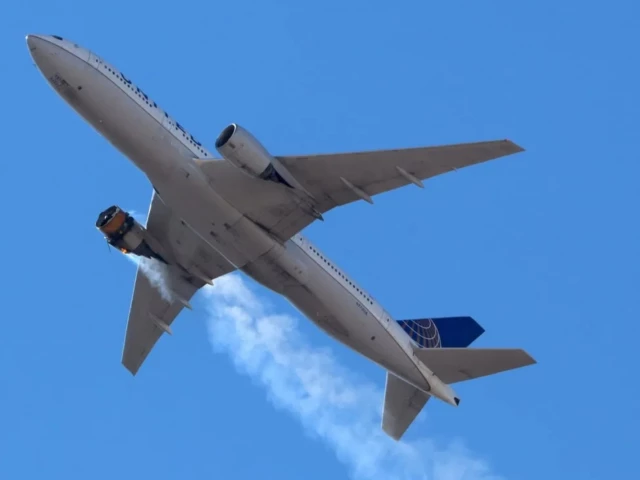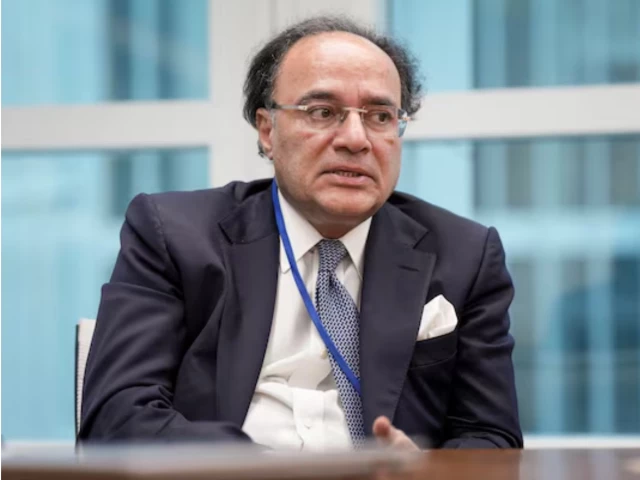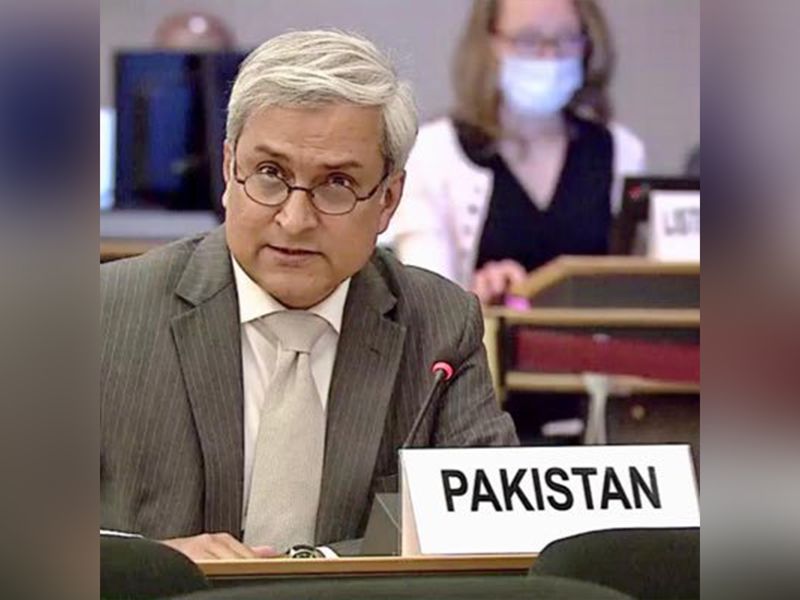ISLAMABAD:
The government on Friday approved the restoration of…

The government on Friday approved the restoration of…

Pakistan and Turkiye have explored new avenues of maritime…

Emirates marks 40 years since first flight to Karachi as PIA awaits privatisation
Forty years after Emirates’ maiden flight from Dubai to Karachi – operated with a Pakistan International Airlines (PIA) aircraft on lease and Pakistani crew, including captains – the two airlines stand worlds apart.
Emirates, which relied on PIA’s support in 1985, is now a $37 billion global aviation powerhouse with nearly 400 aircraft. PIA, once a regional trailblazer that helped launch airlines like Emirates and Singapore Airlines, is drowning in debt exceeding Rs800 billion and edging towards privatisation.
At Jinnah International Airport, Emirates marked its 40th anniversary with a ceremony attended by UAE Consul General Bakheet Ateeq Al-Rumaithi and aviation officials. A retrofitted Boeing 777 featuring Premium Economy cabins was showcased – a symbolic reminder of the airline’s transformation from modest beginnings into one of the world’s leading carriers.
Meanwhile, PIA is struggling to stay airborne. The government has created PIA Holding Company to absorb Rs660 billion in legacy debt, leaving about Rs300 billion in operational liabilities to the Civil Aviation Authority (CAA).
The privatisation drive, part of IMF-mandated reforms, has attracted five consortia, including groups led by Lucky Cement, Arif Habib Group, Fauji Fertiliser, and two domestic airlines – Airblue and Serene Air. However, aviation analysts warn that any new buyer will face “turbulent skies” in an industry globally known for wafer-thin margins.
Pakistan’s aviation sector remains vastly underdeveloped compared with regional peers. According to the benchmarking data, only 6 million domestic passengers flew in Pakistan last year – a mere 2.4% of the population.
In contrast, Indonesia, with a slightly higher population and per-capita GDP of $4,860, recorded 57 million domestic passengers (19.9%). India moved 154 million passengers domestically (11%), while China’s figure exceeded 665 million (47.5%). The US leads with 876 million domestic travellers – almost 2.5 times its population – highlighting how aviation demand correlates strongly with income, tourism, and infrastructure.
Pakistan’s per-capita GDP of $1,581 underscores this disparity. “An airline grows or shrinks with its economy,” says aviation consultant Afsar Malik, who has over three decades of industry experience. “When GDP rises, air travel doubles that growth rate; when GDP falls, losses multiply. Pakistan’s stagnating economy and weak tourism have clipped PIA’s wings.”
Despite the grim numbers, investor interest in the skies is rising. New private carriers such as Air Karachi and Air Punjab are preparing to launch, while South Air and Saudi Arabia’s Riyadh Air are reportedly eyeing Pakistani routes.
“Aviation carries a charisma that attracts businessmen – it’s about name and fame and less about fortune,” says Malik. “But most underestimate the risks.” Globally, only about 20% of airlines make profits, 30% break even, and half incur losses.
Malik points out that airline ventures demand massive financial stamina. If an investor puts in Rs1 billion and borrows Rs3 billion, a single year of loss can wipe out his equity. “And once you are in, it’s hard to exit.” The story of Shaheen Air, which collapsed under Rs5 billion debt, is a cautionary tale.
The government’s latest plan drops earlier conditions that reserved a 40% state stake and required $300 million in new investment, making the offer more flexible. Still, potential buyers must contend with inherited liabilities, outdated systems, and intense competition from foreign and domestic airlines.
Economic experts argue that the state should exit commercial aviation altogether. “Airline business is capital-intensive and politically volatile,” says one former PIA finance director. “Government control has cost taxpayers billions; private ownership may be the only way forward.”
Industry insiders say Emirates’ success lies in disciplined management, global recruitment, and strategic geography. Based in Dubai – a hub between Europe and Asia – Emirates capitalised on transit traffic and luxury branding. Its leadership, including long-time president Sir Tim Clark, maintained operational independence and long-term planning, backed by state ownership but run on commercial principles.
As Emirates celebrates four decades of connecting Pakistan to the world, its story stands as both an inspiration and a reminder – that success in the skies demands not just wings, but vision, discipline, and an economy strong enough to sustain flight.

Finance Minister Muhammad Aurangzeb speaks during a Reuters interview at the 2025 annual IMF/World Bank Spring Meetings in Washington, DC, US, April 25, 2025. Photo: Reuters/ File

Yo dawg, Razer heard you like gaming green, so it greened its gaming gear so you can green while you game. What I mean to say is that Razer has announced a new Esports Green Collection that washes several of its esports-coded gaming accessories…

Islamabad [Pakistan], October 25 (ANI): Pakistan Foreign Office on Friday said that it plans to keep transit trade with Afghanistan suspended for the foreseeable future till the security situation at the border is evaluated.
“Afghan transit trade…